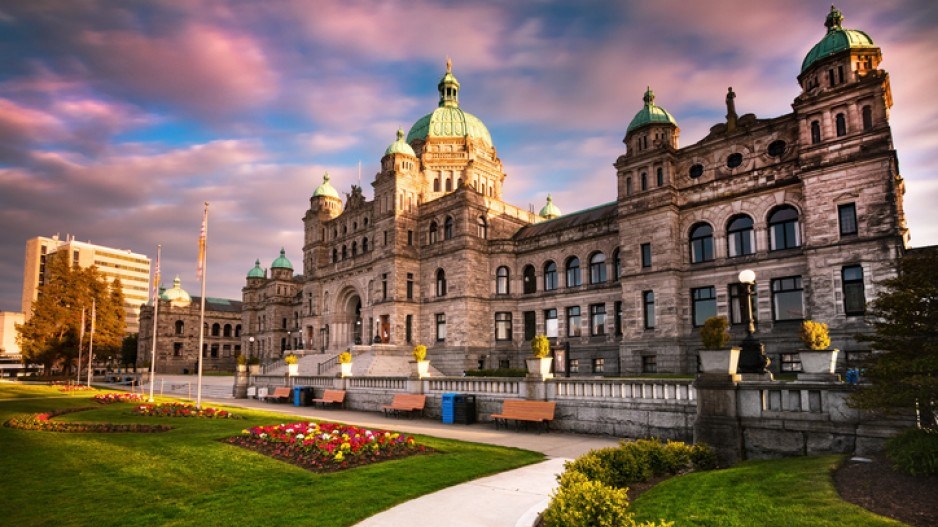Once upon a time, the size of the provincial debt used to be a big deal in B.C. politics.
Those days, however, are long gone and the fiscal plan released last week is another reminder of why debt politics have gone by the wayside.
In one key respect, the BC NDP government, since coming to power, has continued down a path that previous governments have walked. It is spending a gargantuan amount of money on public infrastructure over the next three years and the total provincial debt will balloon (it will have almost doubled in 10 years by the end of the three-year fiscal plan).
The money (more than $27 billion over three years) is being spent on popular things – hospitals, schools, highways etc. – so the capital spending plan is not something that any political party wants to take issue with. There is a reason U.S. President Joe Biden has worked so hard to craft his own massive infrastructure plan: the voting public loves seeing things it can use being built.
Not only are public infrastructure projects popular (for the most part, unless they go way over budget or are delayed in terms of completion), but the clock is ticking on the lifespan of existing infrastructure built in the 1950s and ‘60s.
Things like the aging Massey Tunnel (its replacement will shed the Massey name) and the Pattullo Bridge need replacing. So do aging schools and health facilities (the Cowichan District Hospital, for example, is 54 years old and is being replaced).
The overall dollar numbers are staggering and likely somewhat meaningless for many. More than $8.6 billion will be spent on health-care facilities alone. The new St. Paul’s Hospital will cost $2.2 billion, while New Westminster, Surrey, Richmond and Burnaby are all getting either new hospitals or major expansions of existing ones.
In terms of overall spending, the transportation sector - $8 billion in spending – is nipping at the health sector’s heels when it comes to big spending. The biggie there is the new Fraser River tunnel crossing at more than $4 billion and the Broadway Subway line, at almost $3 billion.
More than $3 billion will be spent in the K-12 education system (much of it for seismic upgrading) and a further $4.3 billion is allocated for post-secondary institutions.
Then there is BC Hydro, whose debt is classified differently. It is considered to be “self-supported debt” as opposed to “taxpayer-supported debt” (the kind that funds all those transportation, education and health projects).
The biggest infrastructure in B.C. history is the Site C Dam, currently estimated to cost $16 billion to complete. B.C. Hydro, with its aging grid and dam system, plans to spend another $2.4 billion upgrading and replacing its facilities.
A combination of capital spending and forecasted deficits in the range of billions of dollars has the government forecasting the total provincial debt to exceed more than $100 billion by the end of the next fiscal year (which begins April 1st) and to reach more than $125 billion by the end of 2024-25.
It was about $63 billion in 2014-15.
However, I doubt the public regards the growing size of the debt to be much of a concern. Of a more pressing matter is ensuring that things get built quickly, on time and on budget.
A lot of shovels are about to hit the ground.
Keith Baldrey is chief political reporter for Global BC.



